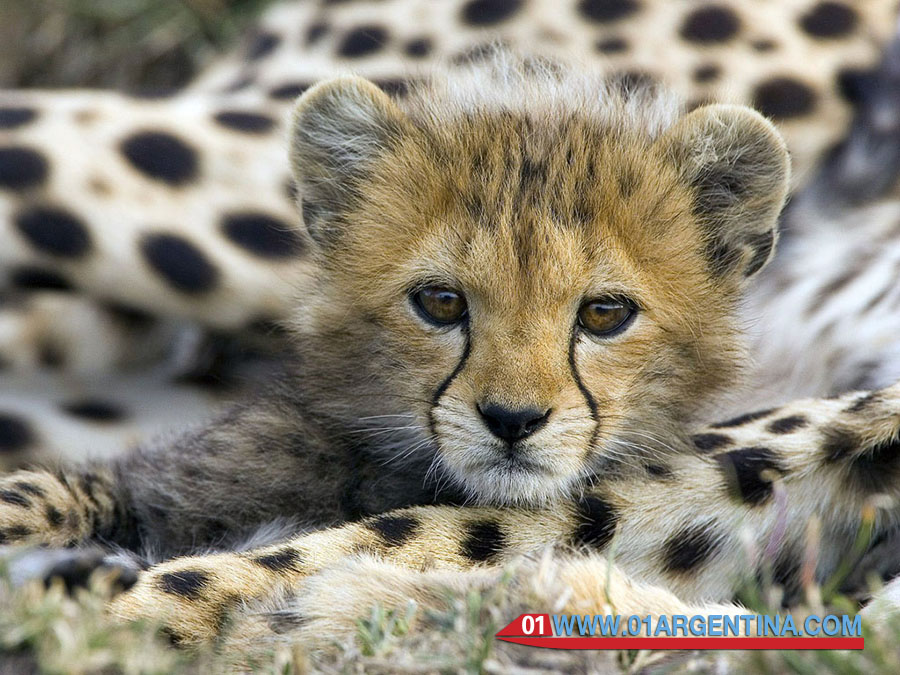 The Misiones Forest is the ecosystem within which are the wonderful Iguazu Falls. It is the beautiful and widely diverse natural environment that we recognize when we visited Iguazu city or any area north of the Province of Misiones in Argentina. Biocentro was created with the purpose of spreading the existence and main features of the Atlantic Forest. We invite you to visit us to make contact with this unique environment in the world, with some of the most characteristic species of flora and fauna and to partner with us in the task of conservation. We offer to share an experiential and educational experience of discovery and contact with the only Atlantic Forest in the city of Puerto Iguazu and join us in adopting sustainable habits and behaviors that preserve all this natural wealth.
The Misiones Forest is the ecosystem within which are the wonderful Iguazu Falls. It is the beautiful and widely diverse natural environment that we recognize when we visited Iguazu city or any area north of the Province of Misiones in Argentina. Biocentro was created with the purpose of spreading the existence and main features of the Atlantic Forest. We invite you to visit us to make contact with this unique environment in the world, with some of the most characteristic species of flora and fauna and to partner with us in the task of conservation. We offer to share an experiential and educational experience of discovery and contact with the only Atlantic Forest in the city of Puerto Iguazu and join us in adopting sustainable habits and behaviors that preserve all this natural wealth.
Misiones or Atlantic Forest is one of the most threatened and biodiverse ecosystems worldwide, of which only 7% of its original area remains. Its high biological value to humanity comes from the high degree of endemism of their species, because most of its trees, bromeliads, primates and amphibians are found only in this ecosystem. In the province of Misiones is the largest continuous remnant of Atlantic Forest, which is preserved only habitat for highly endangered species like the jaguar, tapir and the harpy eagle.
Upper Parana Misiones Forest and Atlantic Forest is one of the most biodiverse on the planet subtropical ecoregions. Extended by three countries – Argentina, Brazil and Paraguay – is one of the most endangered natural areas in the world due to past and current deforestation.
For over ten years ago Wildlife, supported by WWF (the global conservation organization), works for the conservation of the forest in Misiones, where the largest remaining contiguous block of rainforests, one of the few that still harbors jaguars.
From the heart of the forest, our office in Puerto Iguazu promotes conservation action and sustainable development.
A protected area is managed with rules that guarantee the protection of natural and cultural resources area. Provide essential ecosystem services for human well-being and are natural solutions to better adapt to the impacts of climate change.
Often the majestic splendor of Niagara Falls hypnotizes us and distract us from the magical universe that surrounds them, which find their habitat amazing animals that must learn to know, respect and care to ensure that future generations can enjoy the wonderful natural environment with which we now have.
In this sense the Iguazu National Park plays a fundamental role since it species that are endangered such as the jaguar (Panthera onca), ocelot (Felis pardalis), the yacutinga (Aburria jacuntinga) macuco (Solitary Tinamou) are protected in addition to 80 species of mammals found there the conditions for their survival.
The more than 450 species of birds are exhibited without shyness in the early hours of the morning and evening, can easily observe toucans, magpies, lapwings, parrots and the amazing swifts, species exclusive area of Niagara, mixing his flight with a lot of colorful butterflies, while alligators, turtles and herons take over the many waterways of the region.
Jaguar
The jaguar is one of the few species of fauna that Argentina has been declared a National Natural Monument by Nº25.463 Act of 2001. In Argentina it is in small towns in the provinces of Salta, Jujuy, Formosa, Chaco, Santiago del Estero and missionary jungle.
In the Atlantic Forest conservation of the species it is in a critical situation. Habitat loss, illegal hunting of wild animals and pets conflicts are the main threats to the population of jaguars. Studies in recent years, it is estimated that the population of jaguars in the Atlantic Forest suffered a drastic decline in the last 15 years, where only about 60 people live.
From Wildlife, among other activities, we seek to raise awareness about the importance of conserving the jaguars, study their behavior through necklaces (Jaguar Tracker) and increase monitoring and surveillance units to stop poachers.
The jaguar is an “indicator” species of the health of the environment. This is because, to be positioned at the top of the food chain and lower dams depend for their livelihood, their presence ensures the good health of the environment. Therefore, when the community of predators is affected the ecosystem as a whole and any changes in the ecosystem is filtered towards the species at the top of the net, making the carnivores more vulnerable than others is affected.










